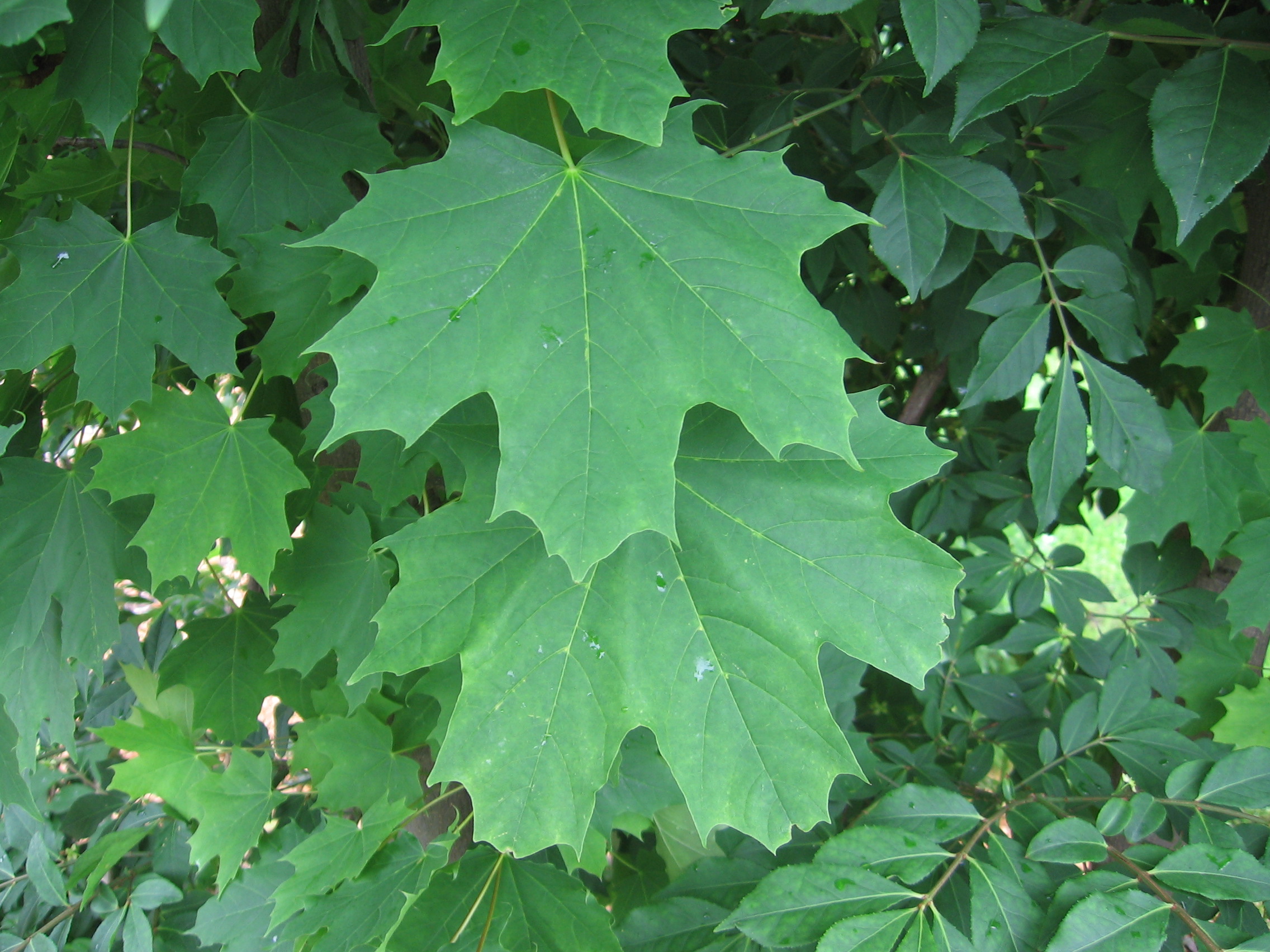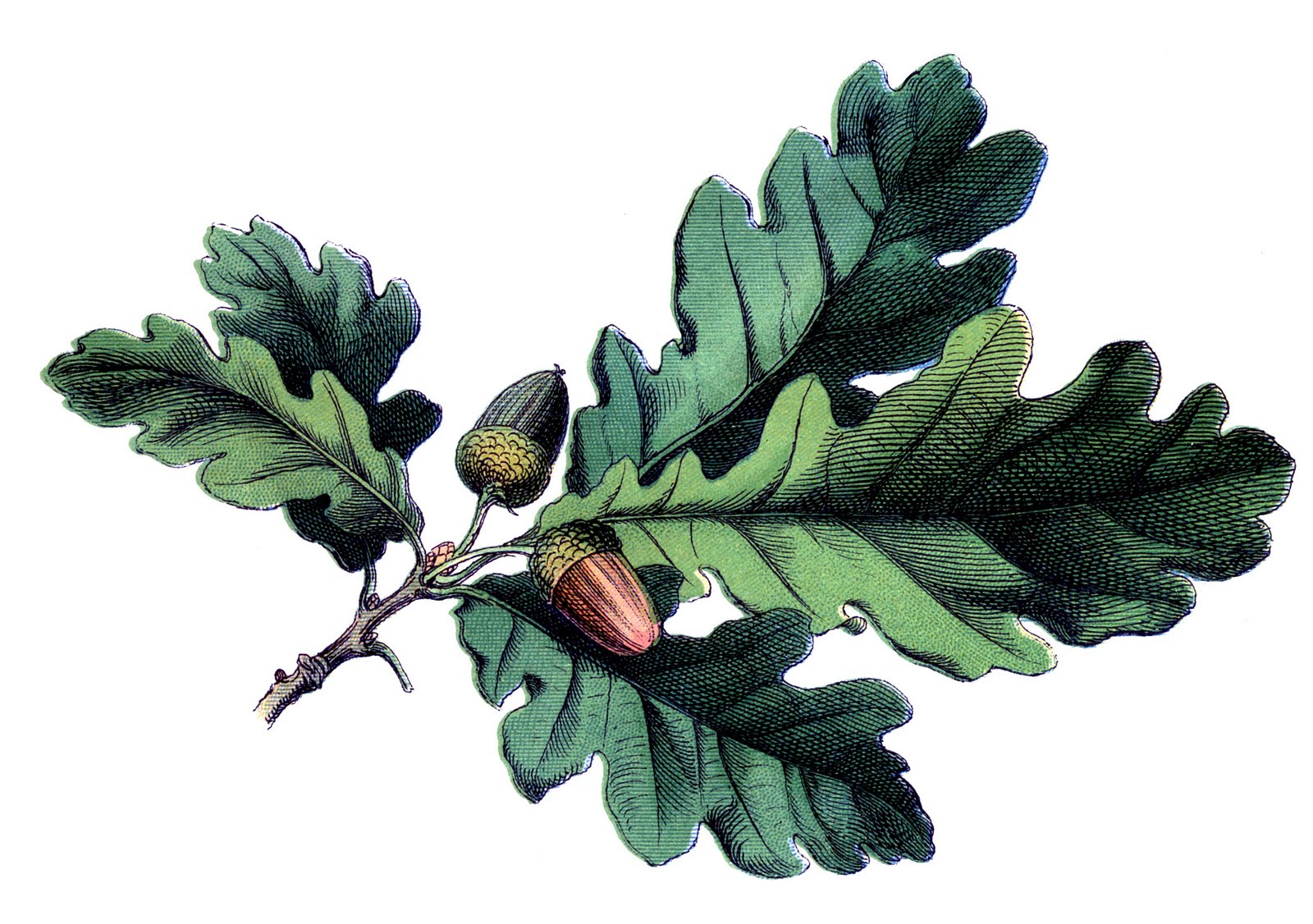Ontario Tree ID Quiz

A reasonably difficult multiple-choice tree identification quiz of species found in Ontario
- 1.
The leaf on the flag.
- A.
Mountain Maple
- B.
Sugar Maple
- C.
Norway Maple
- D.
Amur Maple
Correct Answer
B. Sugar MapleExplanation
The correct answer is Sugar Maple because it is known for its distinctive leaf shape, which is often used as a symbol on flags or emblems. The leaf of the Sugar Maple has five distinct lobes and is easily recognizable with its serrated edges. This tree is also highly valued for its sap, which is used to produce maple syrup.Rate this question:
-
- 2.
Emergent conifer with five-needle clusters.
- A.
Tamarack
- B.
Jack Pine
- C.
White Spruce
- D.
White Pine
Correct Answer
D. White PineExplanation
White Pine is the correct answer because it is the only conifer among the options that has five-needle clusters. Tamarack and Jack Pine both have clusters with fewer needles, while White Spruce has clusters with four needles. Therefore, White Pine is the only option that fits the description of an emergent conifer with five-needle clusters.Rate this question:
-
- 3.
A member of the larch family. Has soft needles that turn yellow and fall in autumn. Has red berries.
- A.
Red Cedar
- B.
Tamarack
- C.
Dogwood
- D.
Hemlock
Correct Answer
B. TamarackExplanation
Tamarack is a member of the larch family and has soft needles that turn yellow and fall in autumn. It also has red berries. Therefore, Tamarack is the correct answer.Rate this question:
-
- 4.
Rounded needles that only stick out to the sides of the twig. Bark has pustules of sap.
- A.
Fraser Fir
- B.
Balsam Fir
- C.
Black Spruce
- D.
Blue Spruce
Correct Answer
B. Balsam FirExplanation
The correct answer is Balsam Fir because it is the only option that matches the description given. Balsam Fir has rounded needles that only stick out to the sides of the twig, and its bark has pustules of sap. Fraser Fir, Black Spruce, and Blue Spruce do not have these specific characteristics.Rate this question:
-
- 5.
The widest type of maple leaf. This tree also comes in a dark purple variety, commonly planted in yards.
- A.
Norway Maple
- B.
Red Maple
- C.
Mountain Maple
- D.
Amur Maple
Correct Answer
A. Norway MapleExplanation
The given description states that the widest type of maple leaf is being referred to. It also mentions that this tree comes in a dark purple variety commonly planted in yards. The correct answer is Norway Maple because it is known for having wide leaves and it does have a dark purple variety commonly planted in yards.Rate this question:
-
- 6.
A pretty tree native to Europe with patchy bark, maple-like leaves and lychee-like fruit.
- A.
Sycamore
- B.
Butternut
- C.
Mountain Maple
- D.
Eucalyptus
Correct Answer
A. SycamoreExplanation
The correct answer is Sycamore because it is a pretty tree native to Europe with patchy bark, maple-like leaves, and lychee-like fruit.Rate this question:
-
- 7.
The bark of this tree always reminded me of puzzle-pieces. Needles are in clusters of two.
- A.
Eastern White Cedar
- B.
Red Pine
- C.
Black Spruce
- D.
Scots Pine
Correct Answer
B. Red PineExplanation
The correct answer is Red Pine because it is the only tree mentioned in the options that has needles in clusters of two. The description of the bark resembling puzzle-pieces does not provide enough information to determine the correct answer, but the clue about the needle clusters narrows it down to Red Pine.Rate this question:
-
- 8.
Not as famous as its cousin, this tree also lives near water and has narrow, pointed leaves. The bark on this species is deeply grooved.
- A.
Weeping Willow
- B.
Mountain Ash
- C.
Cracked Willow
- D.
Butternut
Correct Answer
C. Cracked WillowExplanation
The correct answer is Cracked Willow. The description mentions that this tree is not as famous as its cousin, which suggests that it is a lesser-known tree. It also states that the tree lives near water and has narrow, pointed leaves, which are characteristics of the Cracked Willow. Additionally, the mention of deeply grooved bark matches the bark of the Cracked Willow.Rate this question:
-
- 9.
A signature of this species is the orange of the upper branches. It was originally from Europe.
- A.
Hemlock
- B.
Jack Pine
- C.
Scots Pine
- D.
Black Spruce
Correct Answer
C. Scots PineExplanation
The correct answer is Scots Pine because this species is known for its orange upper branches. Additionally, it is originally from Europe.Rate this question:
-
- 10.
A flat needled conifer that can be distinguished from Hemlock by the alternating high and low needles.
- A.
Fraser Fir
- B.
Balsam Fir
- C.
Yew
Correct Answer
A. Fraser FirExplanation
Fraser Fir can be distinguished from Hemlock by the alternating high and low needles. This means that the needles on the Fraser Fir are arranged in a pattern where some are higher up on the branch while others are lower down, creating a distinct look. This characteristic sets it apart from Hemlock, as well as from Balsam Fir and Yew which do not have this alternating needle arrangement. Therefore, Fraser Fir is the correct answer.Rate this question:
-
- 11.
- A.
Ash
- B.
Oak
- C.
Cedar
- D.
Balsam Fir
Correct Answer
C. CedarExplanation
Cedar is the correct answer because it is a type of tree, while the other options (Ash, Oak, and Balsam Fir) are also types of trees, Cedar is the only one that is commonly associated with a distinct smell and is often used for its aromatic properties in products like cedarwood oil and cedar chests.Rate this question:
-
- 12.
The bark has a metallic look to it and the twigs taste like wintergreen!
- A.
White/Paper/Silver Birch
- B.
Yellow Birch
- C.
Chestnut
- D.
Linden
Correct Answer
B. Yellow BirchExplanation
The given description of the bark having a metallic look and the twigs tasting like wintergreen suggests that the correct answer is Yellow Birch. Yellow Birch is known for its distinctive bark that appears metallic and its twigs have a wintergreen flavor.Rate this question:
-
- 13.
A common native spruce tree; often bushy and the classic Christmas-tree shape.
- A.
Black Spruce
- B.
White Spruce
- C.
Blue Spruce
Correct Answer
B. White SpruceExplanation
The given description mentions that the tree is often bushy and has the classic Christmas-tree shape. Among the options provided, the White Spruce fits this description the best. It is a common native spruce tree that is known for its bushy and dense growth habit, as well as its conical shape, which makes it a popular choice as a Christmas tree. Therefore, the correct answer is White Spruce.Rate this question:
-
- 14.
Name the family:
- A.
Maple
- B.
Ash
- C.
Linden
- D.
Poplar
Correct Answer
A. MapleExplanation
The Manitoba Maple is the one maple lacking a resemblance to the classic maple leaf shape.Rate this question:
-
- 15.
The leaves of this tree group have pale undersides and make a lot of noise in the wind.
- A.
Birch
- B.
Aspen/Poplar
- C.
Linden
- D.
Butternut
Correct Answer
B. Aspen/PoplarExplanation
Aspen/Poplar is the correct answer because these trees are known for having leaves with pale undersides and they also make a distinctive rustling sound when the wind blows through them. Birch trees also have pale undersides but they do not make as much noise in the wind as Aspen/Poplar trees. Linden and Butternut trees do not have pale undersides and are not known for making noise in the wind.Rate this question:
-
- 16.
And an easy one to finish, just in case anyone is feeling discouraged:
- A.
Poplar
- B.
Willow
- C.
Oak
- D.
Cherry
Correct Answer
C. OakExplanation
The given words, Poplar, Willow, Oak, and Cherry, are all types of trees. Oak is the correct answer because it is the only word that represents a type of tree. Poplar, Willow, and Cherry are also types of trees, but Oak is the only one that fits the category.Rate this question:
-
- 17.
- A.
Mountain Ash
- B.
Horse Chestnut
- C.
Butternut
- D.
Black Cherry
Correct Answer
B. Horse Chestnut -
Quiz Review Timeline +
Our quizzes are rigorously reviewed, monitored and continuously updated by our expert board to maintain accuracy, relevance, and timeliness.
-
Current Version
-
Feb 19, 2024Quiz Edited by
ProProfs Editorial Team -
Nov 30, 2014Quiz Created by
Frances K
 Back to top
Back to top



















